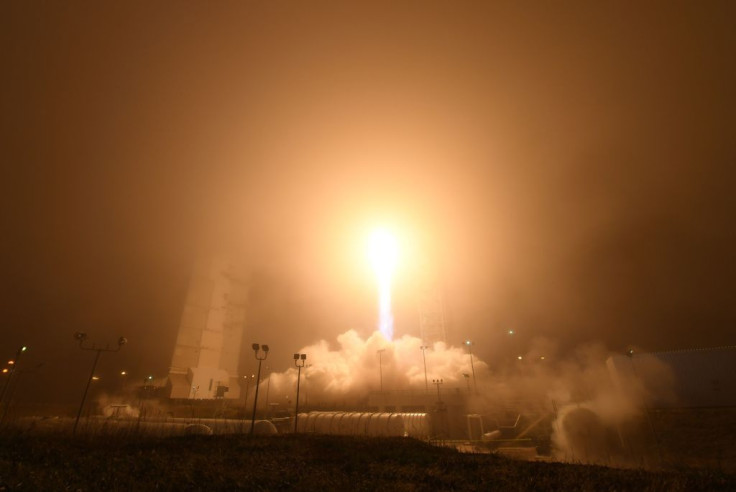NASA Done with Testing Mars 2020 Mission Spacecraft

In preparation for the upcoming mission to Mars, NASA’s Jet Propulsion Laboratory conducted tests on the spacecraft that will carry the Mars 2020 rover to the red planet as it launches next year.
In a press release, Mars 2020 assembly, test and launch operations manager David Gruel said they have completed the acoustic and thermal vacuum, or TVAC, testing meant to ensure that the spacecraft is capable of withstanding the pressures and temperatures of launch environments and space.
"This is the most comprehensive stress test you can put a spacecraft through here on Earth," Gruel said. "We flew in our simulated space environment for a week and a day, checking and rechecking the performance of every onboard system and subsystem.”
“And everything looked great - which is a good thing, because next time this spacecraft stack hits a vacuum, it will be on its way to Mars for real," he added.
Mars 2020
In a press release, NASA announced that it is sending the Mars 2020 rover to prepare the way for humans to eventually set foot on the red planet.
The rover is a 2,300-pound robot designed to look for signs of past microbial life, look at and characterize the red planet’s climate and geology, and collect samples that will be studied upon its return to Earth.
NASA wants everyone to join in on this historic mission and invites everyone to sign up and have their names listed and engraved on a silicon chip that will be attached to the Mars 2020 rover.
"As we get ready to launch this historic Mars mission, we want everyone to share in this journey of exploration," Thomas Zurbuchen, associate administrator for NASA's Science Mission Directorate (SMD) in Washington, said.
Rewards
Those who sign up for the Mars 2020 Rover Mission will be given “boarding passes,” “frequent flyer” miles that can be exchanged for Mission Patches on NASA’s Frequent Flyer Club page, and the opportunity to have their names sent to the red planet before any human can set foot on its surface.
The JPL will use an electron beam to engrave names into the silicon chip, with a text size thinner than a thousandth of a width of an average human hair strand. The chips will then be attached to the Mars 2020 rover and be enclosed by a glass cover.
Those who want to sign up to have their names sent to Mars can do so here.

© Copyright IBTimes 2025. All rights reserved.




















